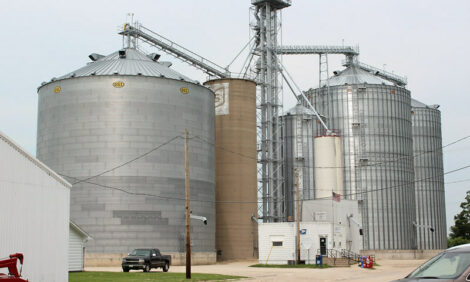



Tyson Foods Categorically Rejects Conclusions Drawn by White House
Tyson Foods categorically rejects the conclusions drawn earlier today by the Secretary of Agriculture and the Director of the National Economic Council in a White House press briefing, according to a press release from Tyson Foods.










